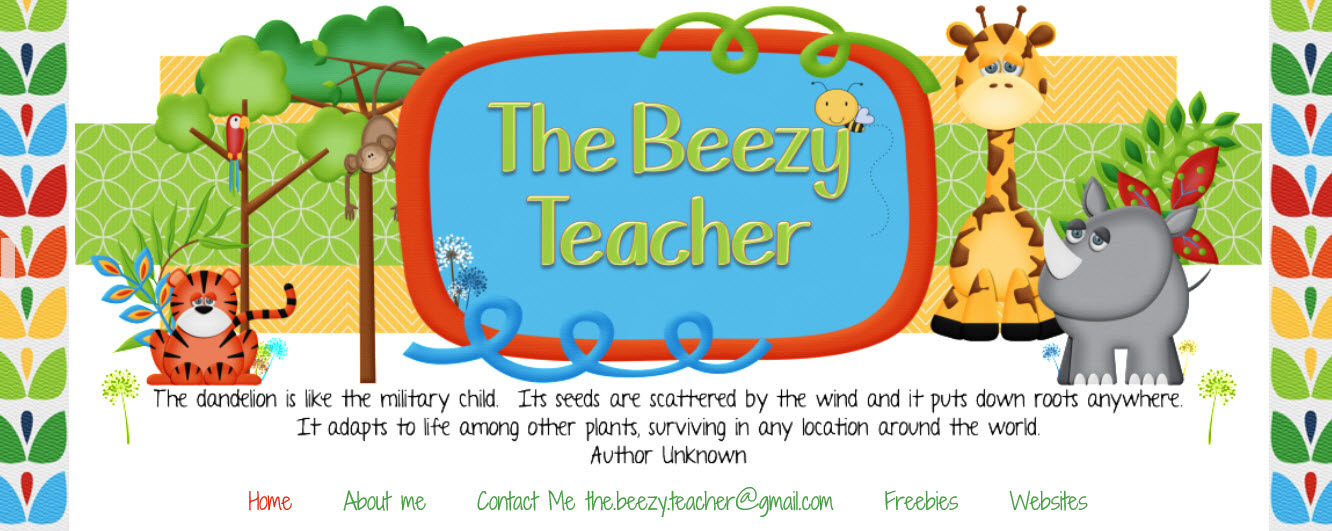Monday the 8th of April was a special day, particularly if you have space enthusiasts in your classroom. Eclipses are among the most stunning sights known to humans, and this spectacle lasted up to 4 minutes and 28 seconds. It was almost twice as long as the last one in the US in 2017. It was also darker and our Sun was put on a more stunning display.
This total solar eclipse crossed North America. It traveled over northern Mexico, then into Texas and Midwest and East Coast. It passed southeast Canada before it proceeded out to sea. Total solar eclipses occur every year or two but there will not be another again in North America until 2033.
During a total solar eclipse, the Moon lines up perfectly between the Earth and the Sun, completely obscuring the Sun. You see the Moon gradually slide in front of the Sun. The Sun looks like a thin crescent and then finally the Sun is completely blotted by the Moon. Scientists can see part of the Sun’s corona during a total eclipse. The Sun’s outer atmosphere is too faint to see unless the light of the Sun is blocked. The total eclipse ends with the events occurring in reverse order.
Whether or not you can view a solar eclipse depends on where you are in the world and how the Earth, Moon and Sun align. The path of totally is the only area where a full eclipse can be viewed. If you are outside this area you will see a partial or even no eclipse at all. If you are fortunate to be able to visit the path of totality you will see the Moon gradually moving in front of the Sun.
Only look at the sun when your eyes are protected. Use a special-purpose solar filter such as eclipse glasses or hand-held solar viewers to look at the uneclipsed or partially eclipsed Sun. It is not safe to look directly at the Sun with handmade devices or very dark sunglasses. During totality, you can put away the eclipse viewers and look at the eclipse directly. But, as soon as the totality ends, use the eclipse viewers again. Read safety recommendations before you view a solar eclipse.
Use the How to Draw the Space resource to make some stunning art of this remarkable phenomenon.
Your students do not want to miss the spectacular Total Eclipse! So I hope you planned something special for Monday the 8th of April!
Products may be found in my store:
https://www.teacherspayteachers.com/Store/Thebeezyteacher



.PNG)
.PNG)
.PNG)



.PNG)
.PNG)

.PNG)
.PNG)
.PNG)



.PNG)
.PNG)



.PNG)


.PNG)


.PNG)



.PNG)
.PNG)
.PNG)
.PNG)
.PNG)

.PNG)





.png)